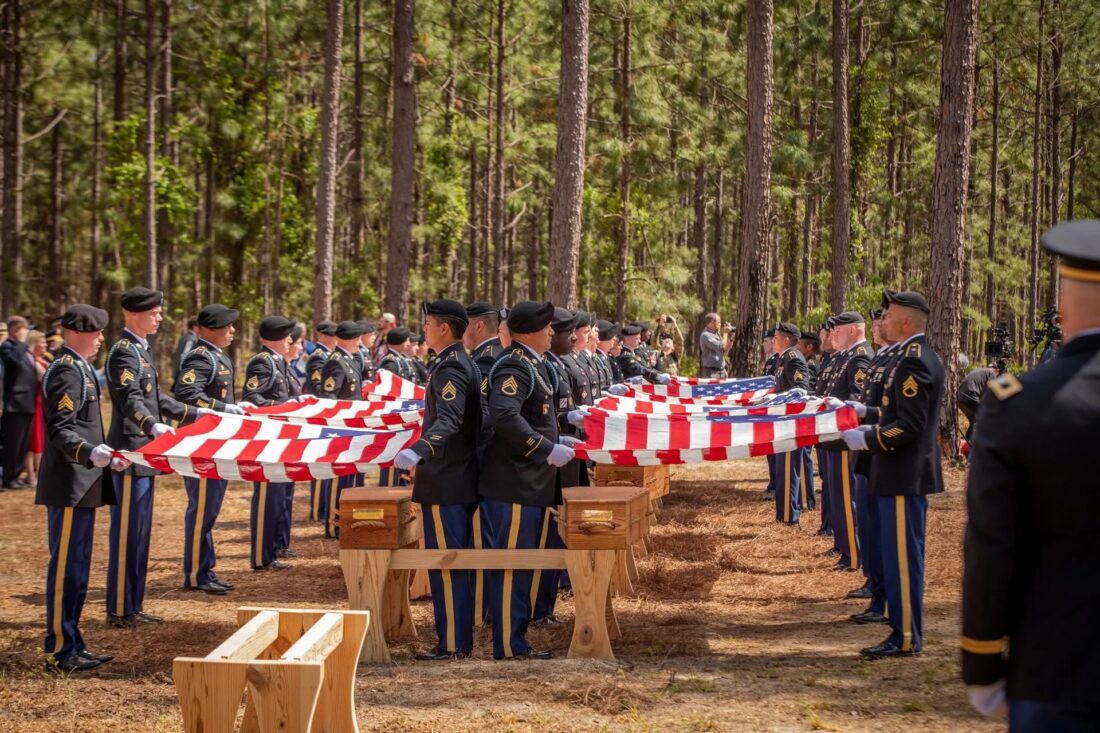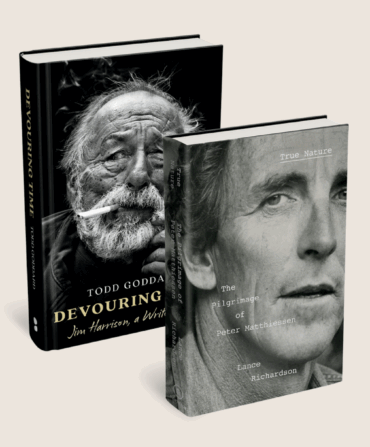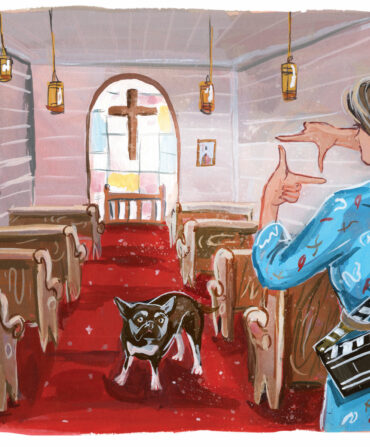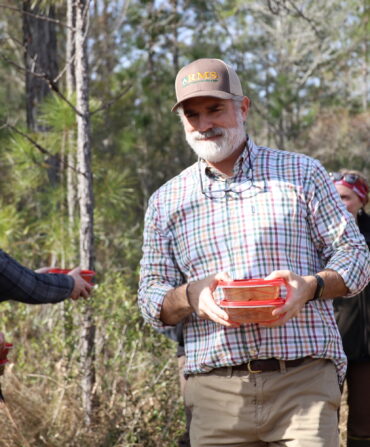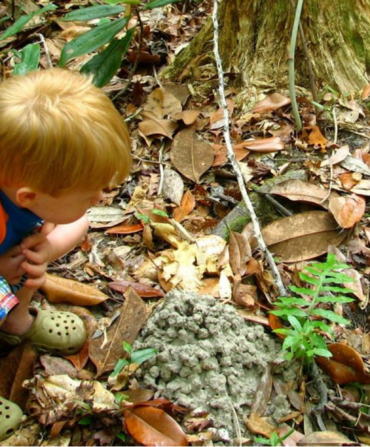On August 16, 1780, the Continental Army clashed with the British in the piney woods of South Carolina, exchanging savage musket fire at close range. The Battle of Camden would prove a disastrous loss for the Americans, one of the worst of the Revolutionary War; some nine hundred Patriots died and a thousand more were captured. The fallen were hastily buried in shallow graves, and those remains would lie there for nearly 250 years, their stories lost until now, when advances in forensics and genetics have brought a team of archaeologists, historians, and scientists tantalizingly close to solving some of the nation’s oldest cold cases.

Over the last decades, battlefield archaeologists Steve Smith and Jim Legg pieced together the exact site of the battle, which had previously been unknown, and gradually uncovered more and more human remains. Then, in 2022, a team decided to exhume fourteen combatants—twelve Patriots, including a Native American from Catawba Nation, and one British solider—whose graves were shallowest and therefore most at risk of degradation. “In the lab, we’d use small tools to carefully take the dirt off,” says veteran Stacey Ferguson, who now serves as the deputy director of Historic Camden Foundation and director of operations for the Rev War Forensic Institute. “But most of the bones just crumbled the moment you brushed or scraped away the dirt.” Still, the archaeologists wanted to see if they could extract DNA, starting with two individuals, and contracted Astrea Forensics to take on the job.
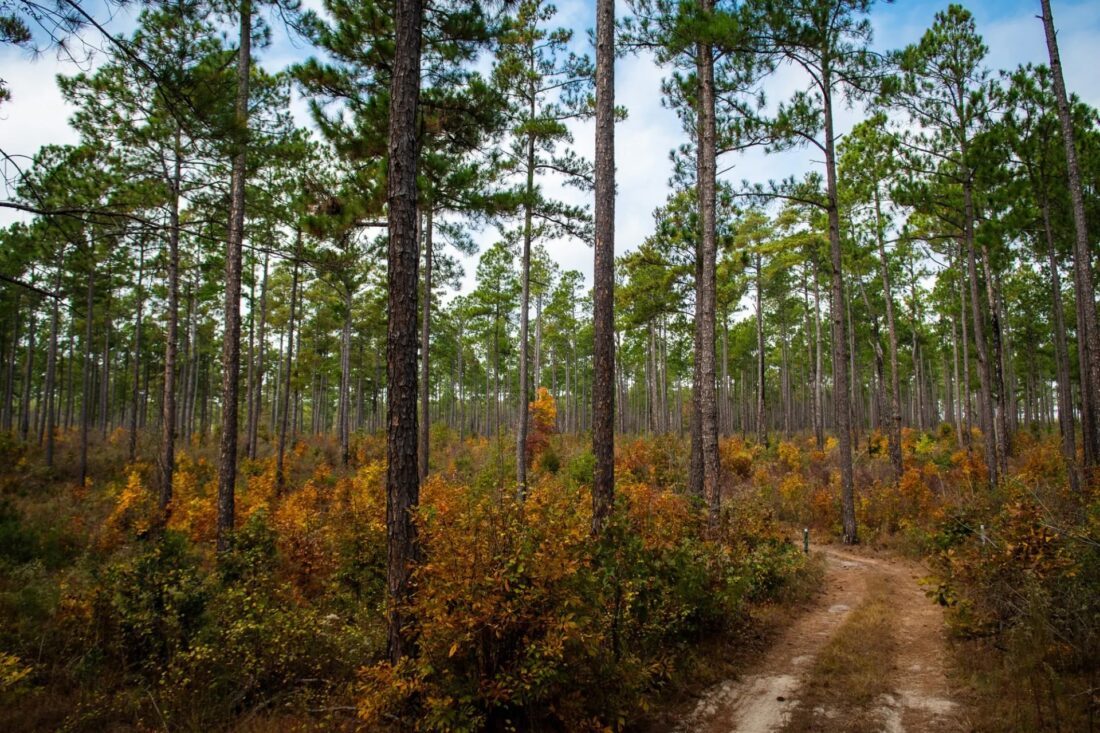
Extracting DNA from the teeth proved unsuccessful. But a switch to petrous bones at the back of the skull, miraculously, yielded enough that the men’s genomes could be sequenced. “It is incredible to me, given what kind of shape that these bones were in, that we could still manage the science,” Ferguson says.
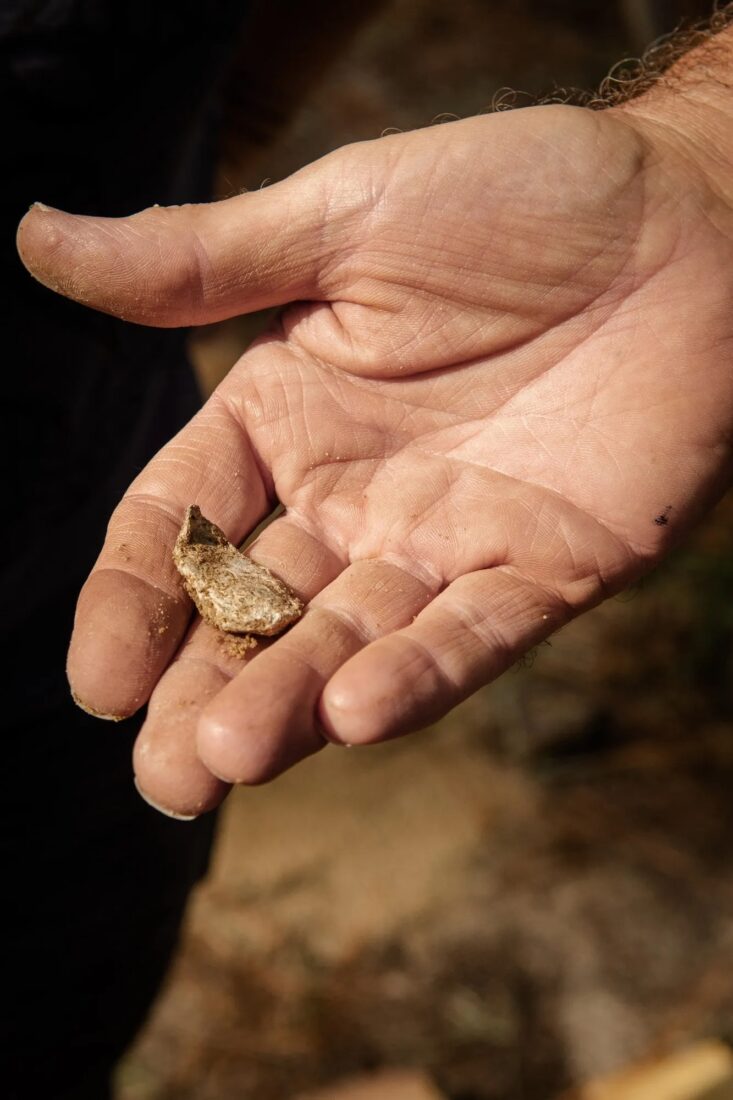
The data set off a whole other level of detective work, and that’s where Allison Peacock, the founder of FHD Forensics and the executive director of the Rev War Forensic Institute, came in. “That DNA generated a genetic profile for us to upload to GEDmatch and a site called Family Tree DNA, the only two websites that work with forensic uploads,” she says. “And we were overwhelmed with matches.” For the last year or so, she has pored over genealogy records, reached out to potential matches to examine their family trees, and traced land transfers, marriages, deaths, and adoptions. “It’s tedious work, and you have to love it,” Peacock says. “But we read so many stories and learn what people were doing in the 1700s.”
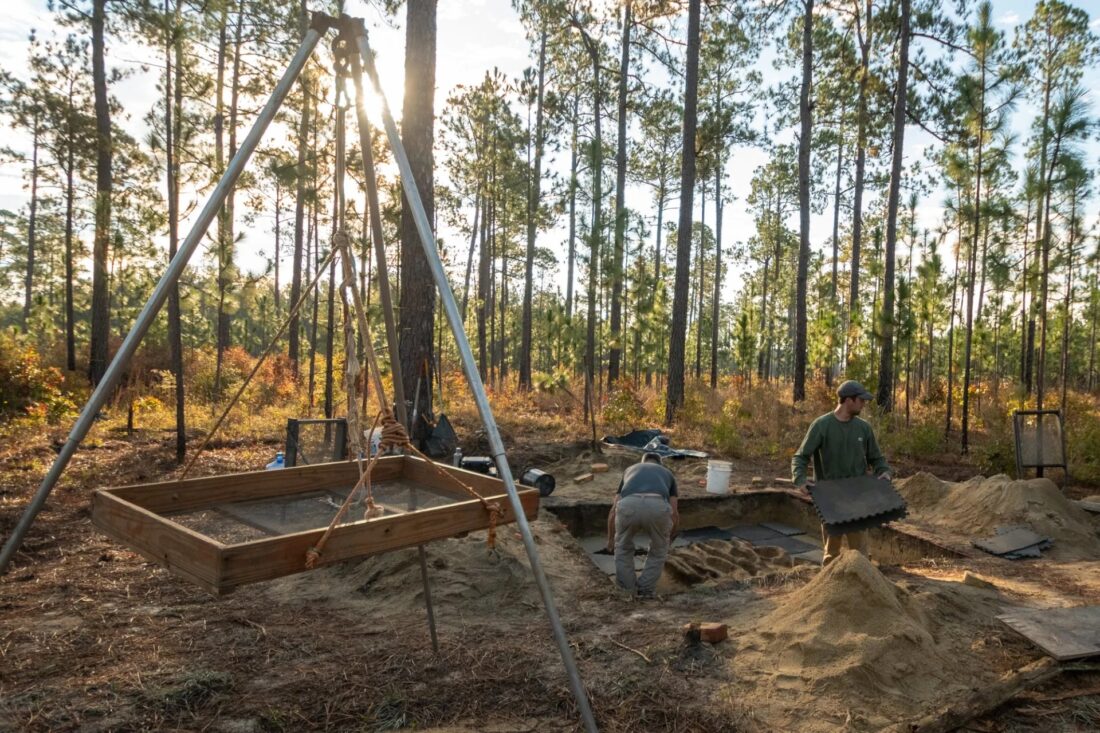
They’ve come a long way in uncovering the stories of the first two soldiers. One is an older gentleman most likely from Virginia; Peacock suspects that one of his parents hailed from the Jamestown Colony due to the presence of African and Native American DNA, while the other parent was an Irish immigrant. The second soldier is a boy between the ages of fourteen and seventeen years old who was in the Maryland regiments of the battle. “His family tree is 100 percent Anne Arundel County, Maryland,” Peacock says. “We’re getting very close on him; I now know who his grandparents were. Being able to put a name on a headstone would be tremendous.”
For both Ferguson and Peacock, tackling the mystery has become a personal project. As Ferguson worked with the remains, questions swirled in her mind. “I’d think, ‘Who are you? Who loved you back home and didn’t know what happened to you?’” she says. “As a veteran myself, I actually wrote a letter to them thanking them and telling them what our country had become that they didn’t ever get to see.” Peacock, meanwhile, found in her sleuthing that she herself was related to the soldier from Virginia. “My sixth great-grandfather is probably about a second cousin to that soldier. Talk about a shock.”
The team has no plans to stop here. They’ll continue tracing the stories of these two men, then move on to tackle the rest of those who were exhumed (with the exception of the Native American, at the Catawba Nation’s request). In the meantime, Historic Camden has honored and buried all of the fallen, including the British soldier, in a period-appropriate, military-style funeral that gave them the respect they deserved 250 years after their deaths.
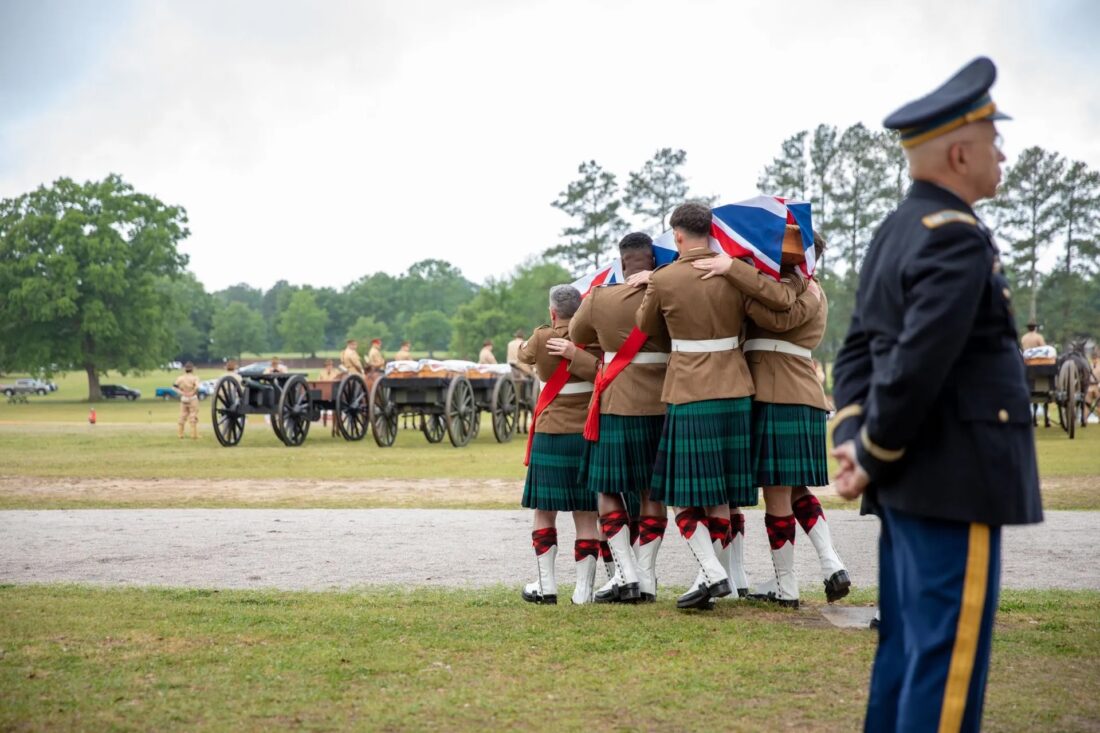
Ferguson and Peacock hope that honoring the men and continuing to uncover their identities make their sacrifices feel real. “Here we have a teenager who left everything, marched for hundreds of miles, died, and was thrown in a hole with other soldiers far from home. That’s a story I want to be able to tell somebody today,” Peacock says. Adds Ferguson, “I hope it makes us all appreciate what it took to become a democracy, and reminds us that it’s fragile and could go away if we don’t protect it.”


